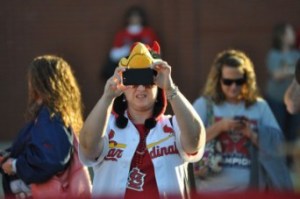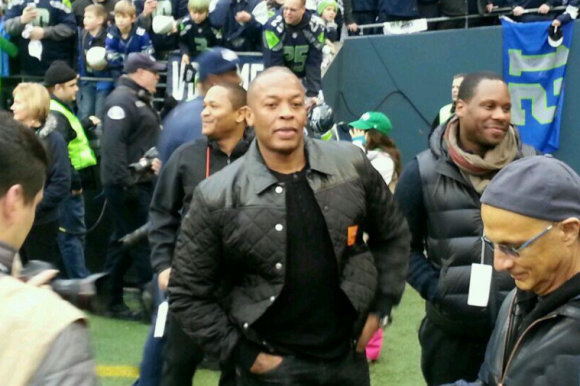This post is a repost of one I wrote for my other blog Preferred Walk-Ons.
BY: BRANDON TURNER
If you saw my last post, you know how the NBA and NFL are looking for ways to improve the game by changing some of the main aspects of their respective sports. They seem to think they have a problem with lack of excitement and that is the driving force behind these proposed changes. The solution? Make the sports more interesting.
But excitement isn’t the problem in sports. Sports have an engagement problem.
Think about your life on a minute-to-minute, day-to-day basis. We live in a digital world and are increasingly connected to everything. You could probably tell me what most of your friends are doing right now, what your favorite celebrity is tweeting about, and which one of your friends just instagrammed their Starbucks cup for the fourth time this month (sorry, I do this… sometimes…). Hell, you probably even arrived at this blog post through a social media feed.
Now, on a larger-scale, global events like the Super Bowl and The Oscars have been huge areas for engagement. Twitter, Facebook and other social media sites have seen insane traffic during events such as these. People like to talk about things…constantly. Digitally chatting about shows, events, everything we experience, help create a community of people with similar interests, even if for a fleeting moment.
So where do sport fans learn about the stuff they enjoy? Blogs like this one, ESPN, Bleacher Report, or fantasy sports leagues. These are all avenues to hear about and discuss sports. But where can you have your input? If you take one look at my Twitter feed during a Oregon Ducks basketball or football game, you’ll see how important interaction is to people these days.
NBA and NFL commissioners; if you’re looking for ways to improve engagement and excitement around your sports, then get people involved.
From my experience with the Oregon Ducks in the QuackCave, I can tell you firsthand that social media draw is huge when focused on a team. During games, that draw is enormous.
People love it when official Twitter accounts interact with them. It makes them feel like they’re contributing and being heard. The Portland Trail Blazers and Oklahoma City Thunder have done a great job at that. Golden State Warriors have even gone so far to create social media nights, giving discounts and insider peaks for tweeting, Facebooking, and checking in on different networks to Golden State Warriors games. But most teams are still struggling.
This is how you make live events fun: add more information and interaction. People love information overload. Statistics, inside looks from the locker room, seat upgrades, prizes, recognition, interaction with players. You need to make sure that fans get more out of their game experience by being in the stadium than they do just sitting on their couch. That’s a tough undertaking these days – when sports coverage will give you interviews, inside looks, stats, and replays.
Bloomberg recently posted this article, Mark Cuban Wants You to Put Away Your Phone at NBA Games. The distilled version is that Vivek Ranadive, the new owner of the Sacramento Kings, is all about utilizing technology at games. On the opposite end, Mark Cuban, owner of the Dallas Mavericks, claims that fans want to be at games to enjoy them as a reprieve from technology. But in this day and age, you spend about half the time at the game watching cheesy game time entertainment or sitting around during media and team timeouts. That’s boring. A Wall Street Journal report said that football telecasts are only 11 minutes of actual game time. Take that as you will, but if TVs show everything going on plus commercials, replays, and interviews, then how much is just lag time at a game. That’d be an interesting study.
Ranadive is all for creating team apps to enhance the experience. These large events aren’t successful in engaging fans when they force users onto a platform. Users will gravitate to wherever they are most comfortable; Twitter, Facebook and Instagram. It’s now that teams and the league need to go to where the fans are. They need to meet them there and enhance the experience. Car salesmen don’t wait for you to walk into the office. Once you set foot on the lot, they are there helping you (more often times pestering you). The idea is that they come to you.
Second screen (utilizing a smartphone, tablet or PC while watching TV) is the way of the future. Over 44 percent of people admit to using second screens while watching TV, and of those people, 34 percent use second screens to interface with sporting events.
But people use second screens when their primary “screen” is live, in-person action. Sports journalists often live-tweet during games and you already know a ton of people who Instagram, Snapchat, and Vine while at sporting events.
If you want to be successful, NBA and NFL, you need to embrace the future. The future is digital, the future is interacting with your fans in real time, the future is creating a reason for fans to be at the game instead of watching it at home.



